The serpent is a bass wind instrument, descended from the cornett, and a distant ancestor of the tuba, with a mouthpiece like a brass instrument but side holes like a woodwind. It is usually a long cone bent into a snakelike shape, hence the name. The serpent is closely related to the cornett, although it is not part of the cornett family, due to the absence of a thumb hole. It is generally made out of wood, with walnut being a particularly popular choice. The outside is covered with dark brown or black leather. Despite wooden construction and the fact that it has fingerholes rather than valves, it is usually classed as a brass; the Hornbostel-Sachs scheme of musical instrument classification places it alongside trumpets.The serpent's range varies according to the instrument and the player, but typically covers one from two octaves below middle C to at least half an octave above middle C.
Specifications
General Characteristics
- Created On iOS
- Wingspan 26.6ft (8.1m)
- Length 43.1ft (13.1m)
- Height 3.7ft (1.1m)
- Empty Weight 3,999lbs (1,814kg)
- Loaded Weight 3,999lbs (1,814kg)
Performance
- Wing Loading 439,839.3lbs/ft2 (2,147,483.6kg/m2)
- Wing Area 0.0ft2 (0.0m2)
- Drag Points 9233
Parts
- Number of Parts 148
- Control Surfaces 0
- Performance Cost 357

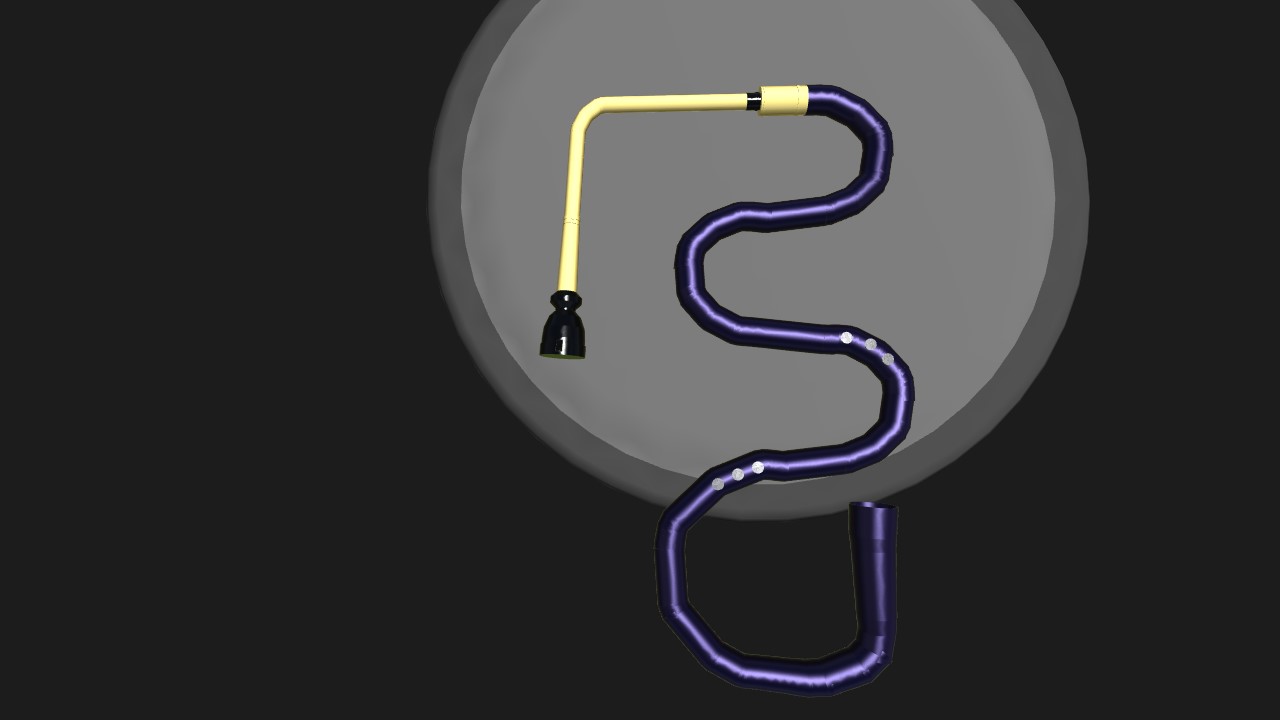
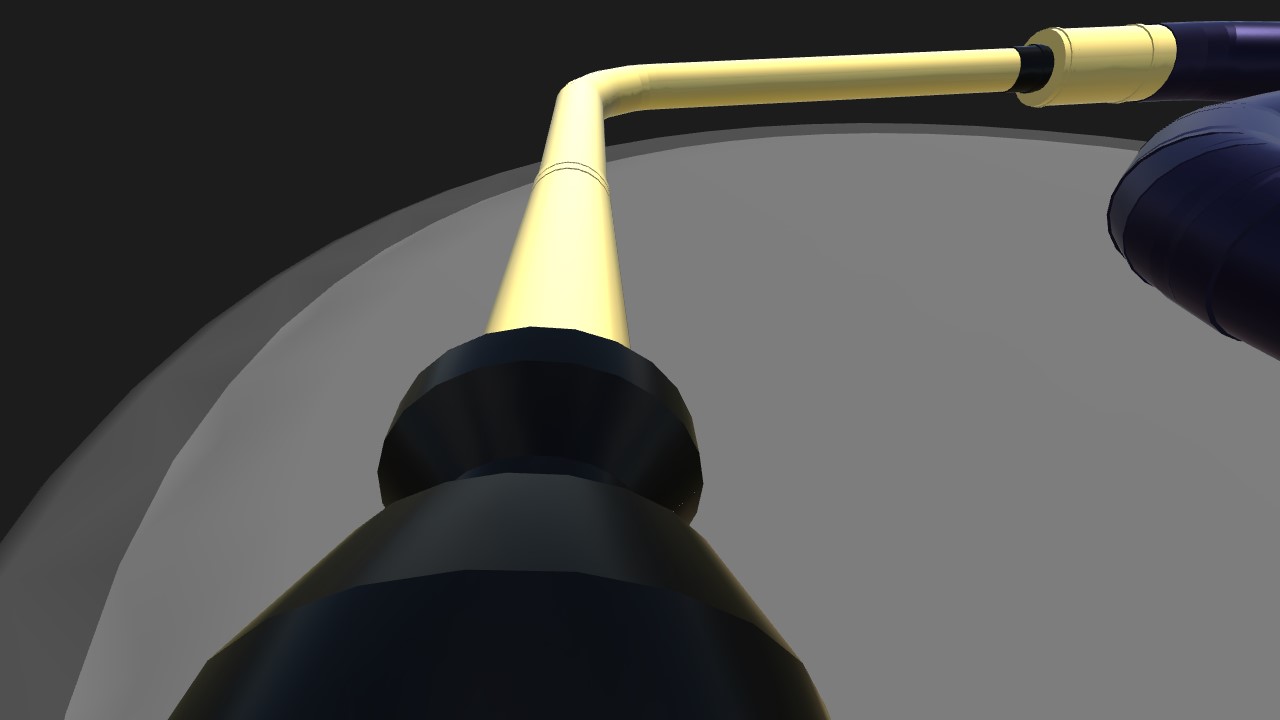
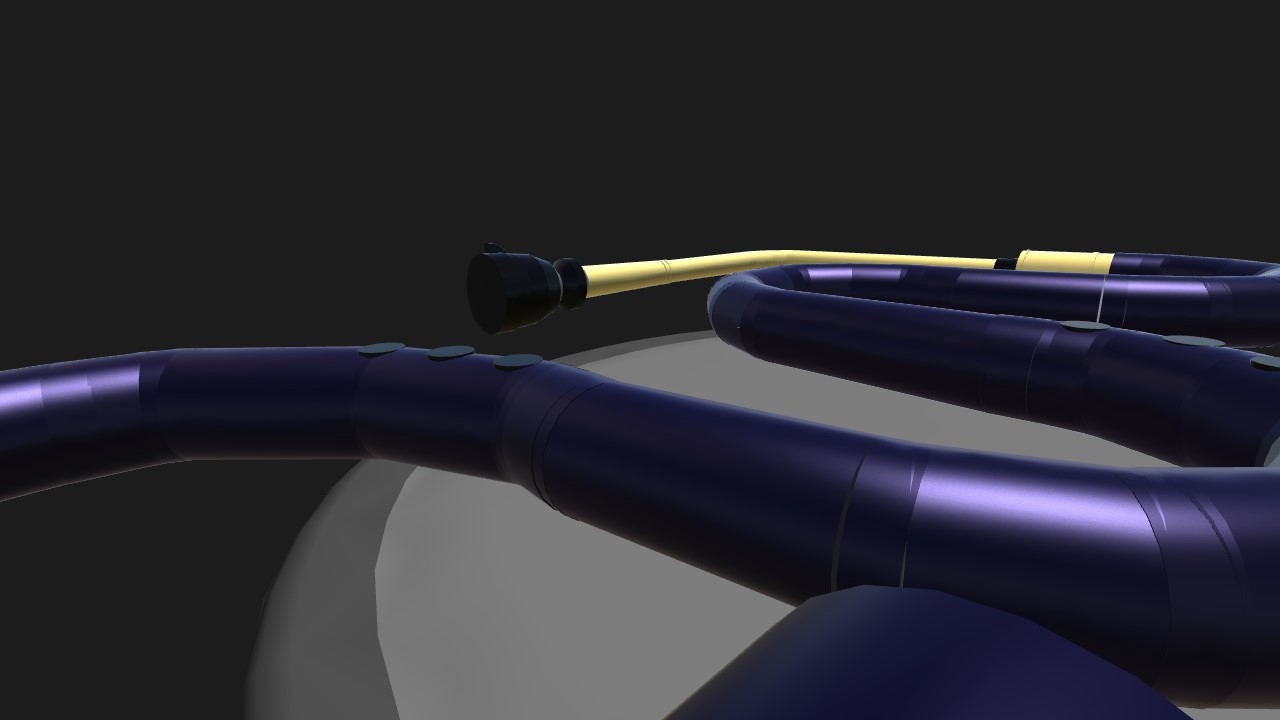

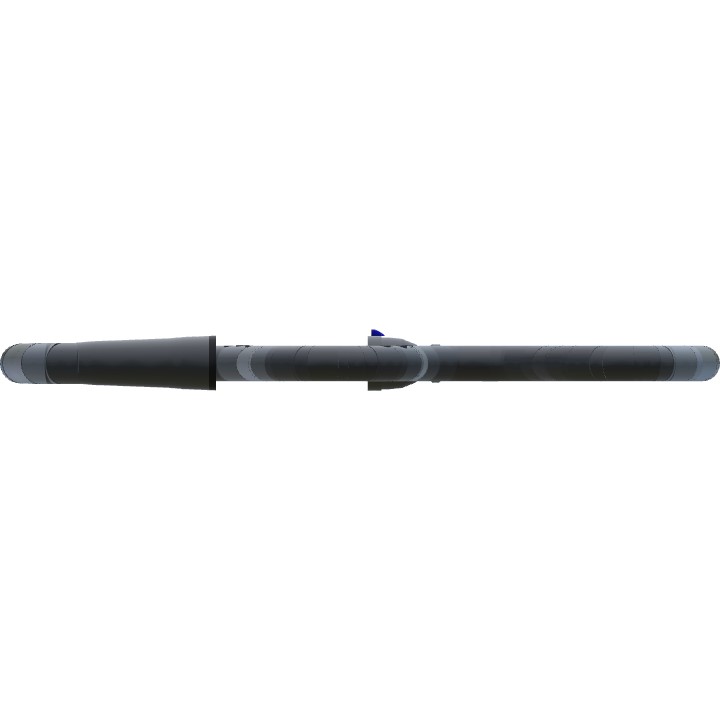
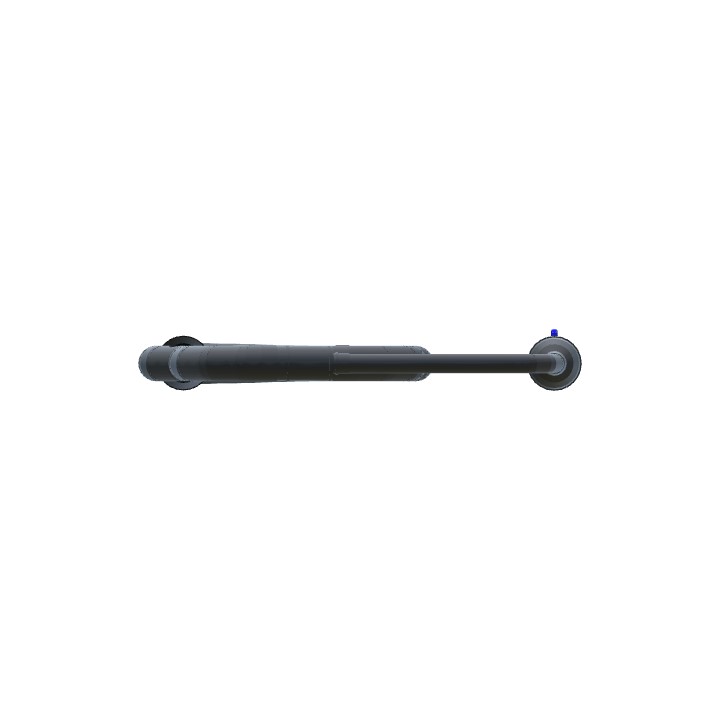
Well I got to delegate this garbage post. Jk@Nerfenthusiast
its a woodwind and saxophones use a wooden reed and flutes were once made of wood @Spacedoge12345plane
So is this a woodwind or not. I mean sax’s are brass and we don’t call em brass so wood instrument with brass instrument mouthpiece.
@Nerfenthusiast
The fact that it is often considered a brass instrument is a problem as if an instument either uses a wooden reed or was at one point made of wood it is classified as a woodwind
Google it @robloxweponco
Uhhhhhhhh... Is this an actual instrument
Airplane?!?!?!@Jetliner101